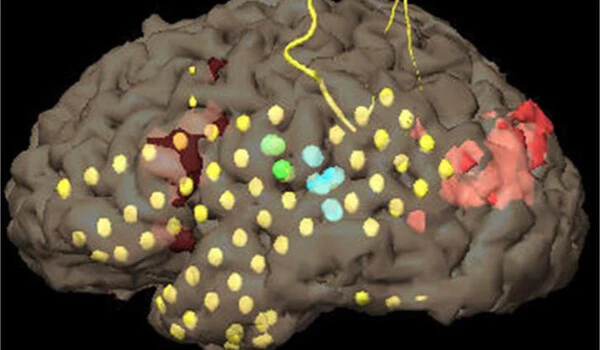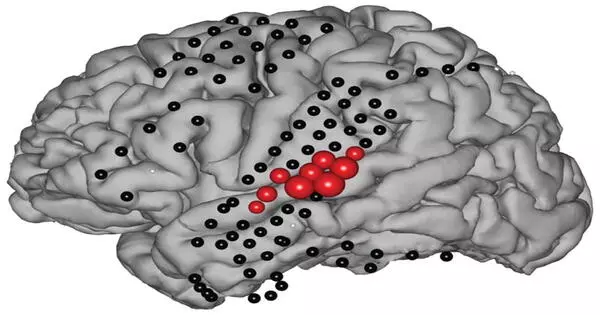Cortical stimulation mapping is a surgical technique used to map the functions of the cerebral cortex, the outer layer of the brain responsible for a variety of functions including sensation, movement, and language. The procedure involves the use of electrical stimulation to pinpoint specific areas of the cortex and determine their function.
It is a type of electrocorticography that uses a physically invasive procedure to localize the function of specific brain regions by using direct electrical stimulation of the cerebral cortex. It is still one of the earliest methods of analyzing the brain, allowing researchers to investigate the relationship between cortical structure and systemic function.
During the procedure, a surgeon will place electrodes on the surface of the brain and deliver small electrical currents to the brain. The patient will be awake during the procedure to allow them to report any changes in sensation, movement, or other functions. This information is then used to create a map of the brain, showing the areas responsible for specific functions.

Procedure
Cortical stimulation mapping is a surgical procedure that must be performed during a craniotomy. Following the removal of the dura mater, an electrode is placed on the brain to assess motor, sensory, language, or visual function at a specific brain site. The electrode applies an electric current to the surface of the brain for 2 to 10 seconds, causing a reversible lesion in a specific brain location. This lesion can either prevent or produce a testable response, such as limb movement or the ability to recognize an object. The electric current from the electrode stimulates whatever function that location in the brain is in charge of, essentially telling the surgeon or examiner what a specific location in the brain does.
Application
Cortical stimulation mapping is used for a variety of clinical and therapeutic purposes, and it is still the preferred method for pre-surgical mapping of the motor cortex and language areas to avoid unnecessary functional damage. Cortical stimulation mapping has some clinical applications, such as the treatment of epilepsy.
Cortical stimulation mapping is often used in brain surgery to help avoid damage to important functional areas of the brain. For example, it may be used in the planning of brain tumor surgeries, epilepsy surgeries, or deep brain stimulation procedures for movement disorders.
The use of cortical stimulation mapping has improved the accuracy and success rate of many brain surgeries, helping to minimize the risk of complications and improve outcomes for patients.
















